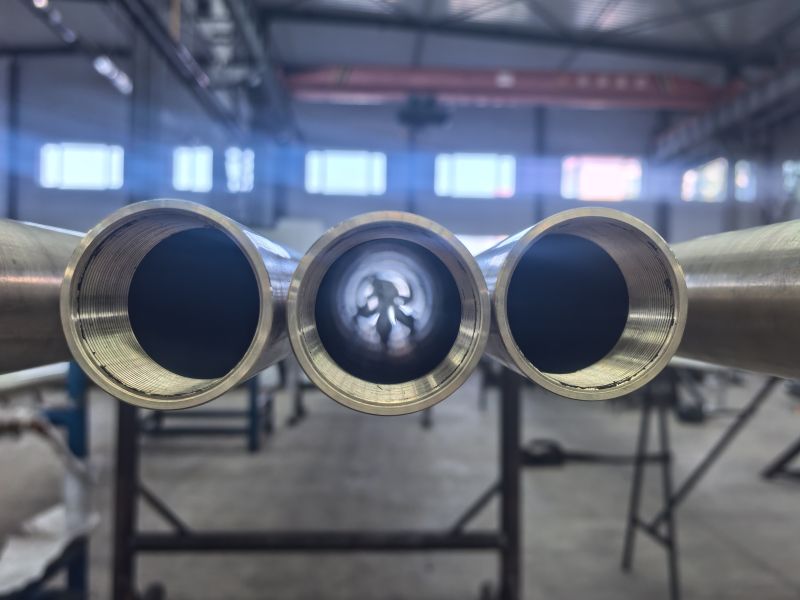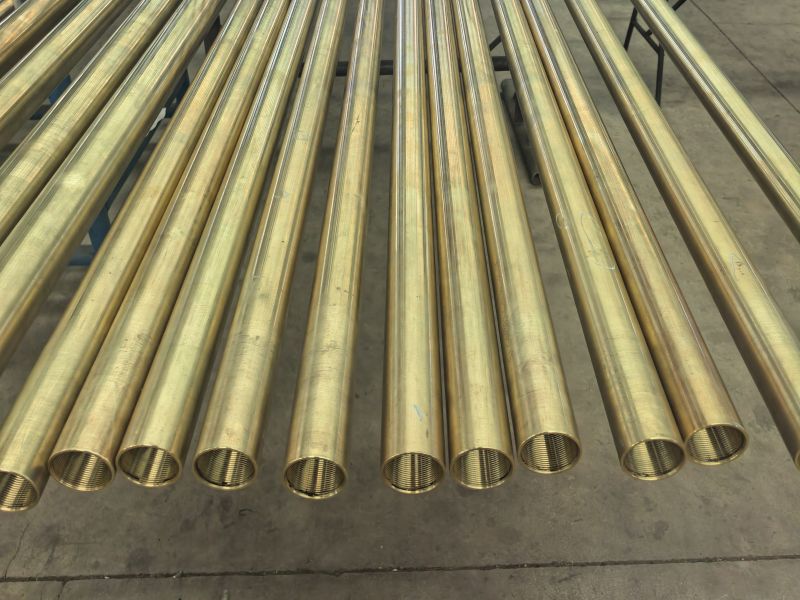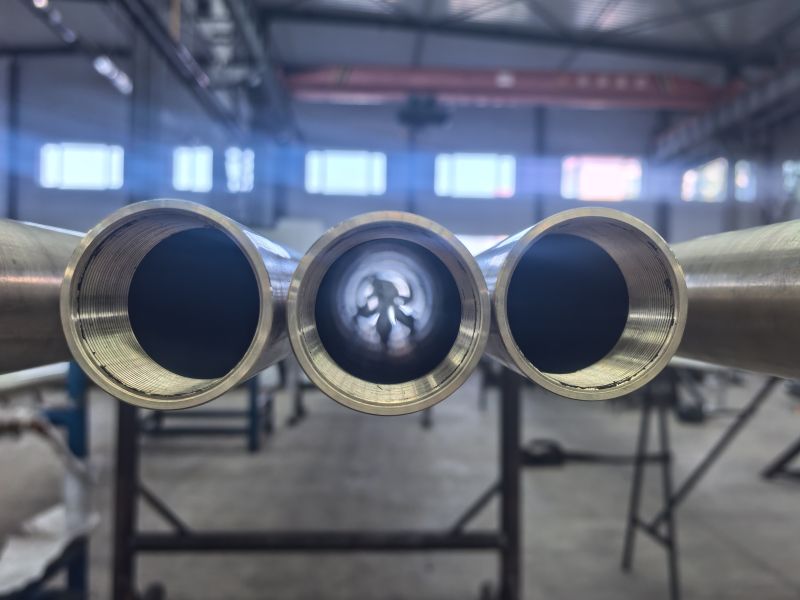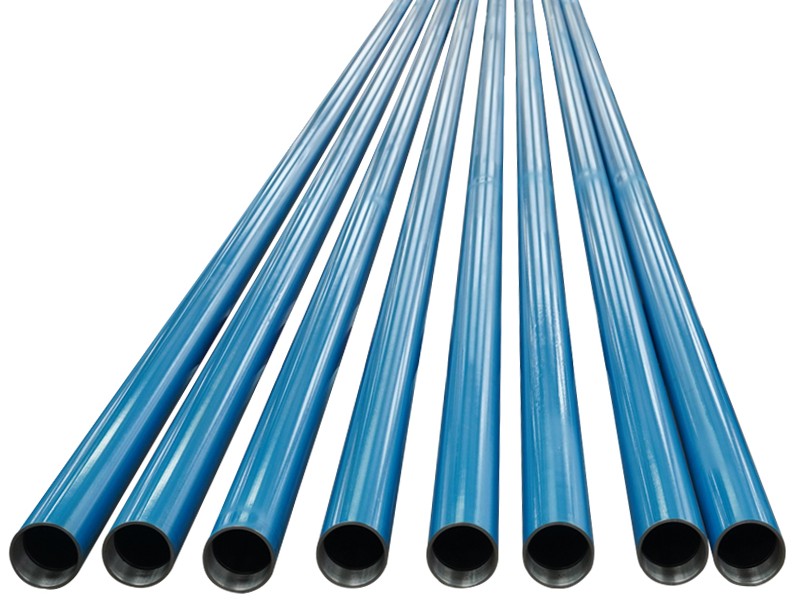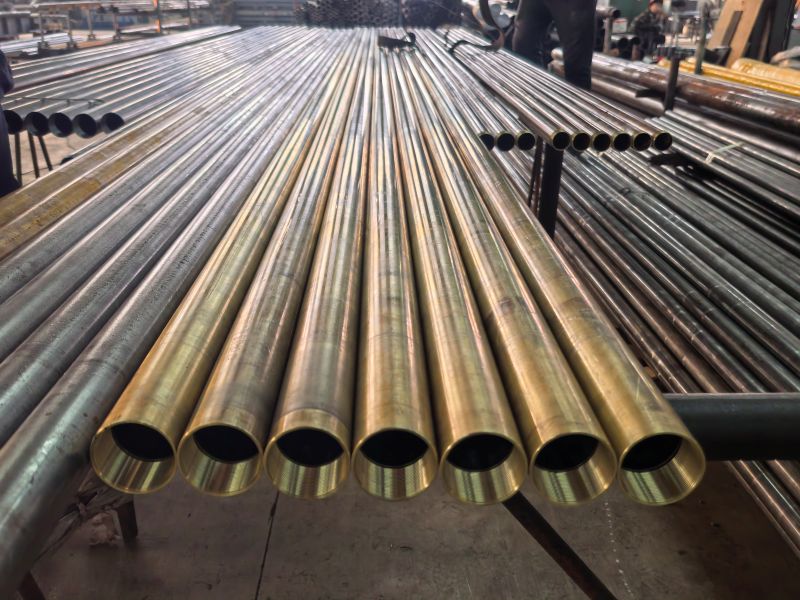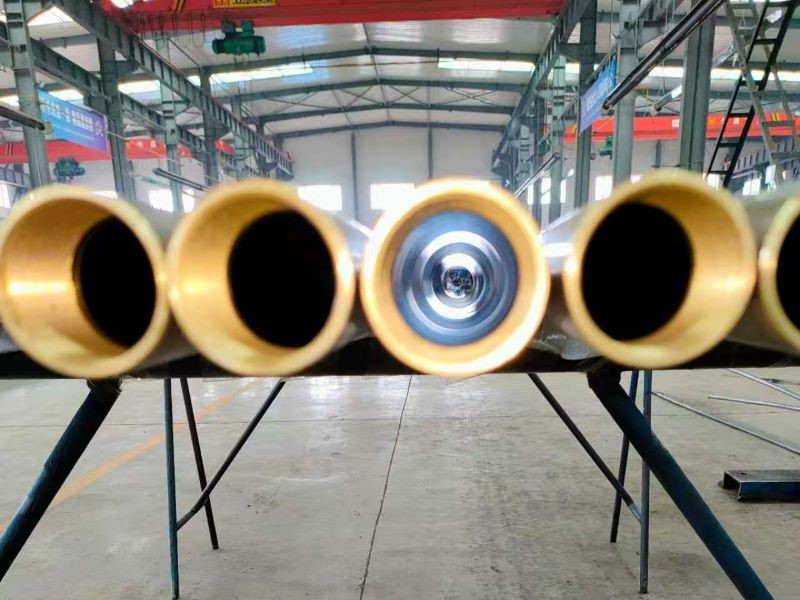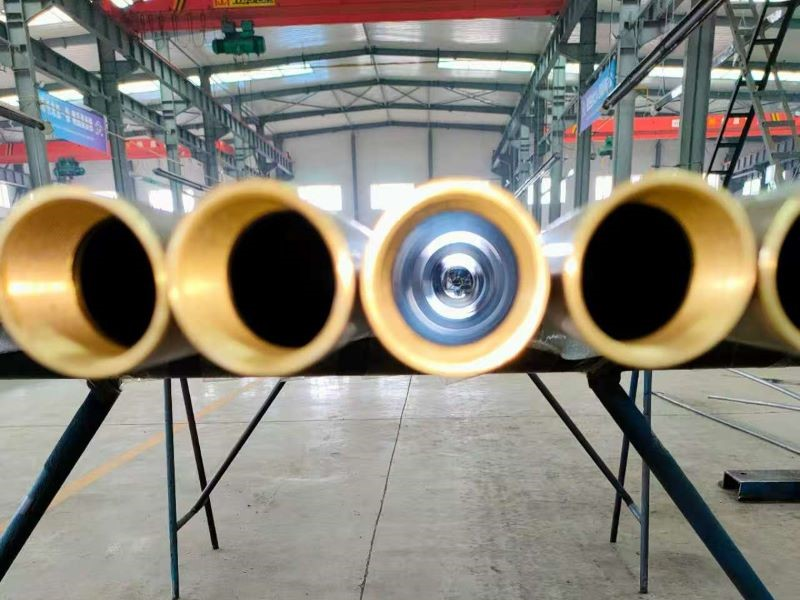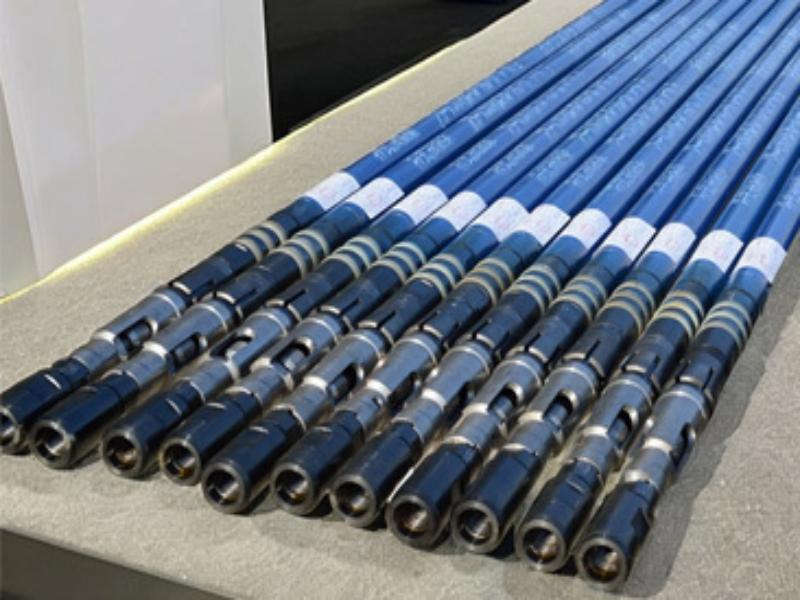06-30/2025
Sucker Rod Pump Technical Standards:
1. Sucker rod pump parts materials and processes:
Pump Barrel:
Sucker rod pump barrel hardening methods: chrome plating, carburizing.
Chrome-plated pump barrel basic materials: 1045, 1026, 4140, 4/6 chrome steel, C44300.
Carburized pump barrel basic materials: 1020 steel.
Pump barrel maximum length: 35ft.
Chrome plating hardness: HV100900~1160.
Carburizing hardness: minimum hardness 690 Knoop at 0.005in from the single edge surface, minimum hardness 466 Knoop at 0.010in from the single edge surface.
Plunger For Oil Well:
Plunger hardening method: alloy powder spray welding, chrome plating.
Spray welding layer hardness: ≥HV200595.
Chrome plating hardness: HV100832~1160.
Various lengths of plungers can be manufactured according to user requirements, with a maximum length of 41ft.
Parts: API standard whole-barrel pump, rod pump, moving barrel pump accessories; monel alloy lined valve cover; rubber lined valve cover,
Parts materials include: carbon steel, low alloy steel, stainless steel, nickel-copper alloy, brass
Valve pair:
Valve pair materials include: stainless steel; cobalt-chromium-tungsten alloy; tungsten carbide; titanium carbide; nickel carbide.


